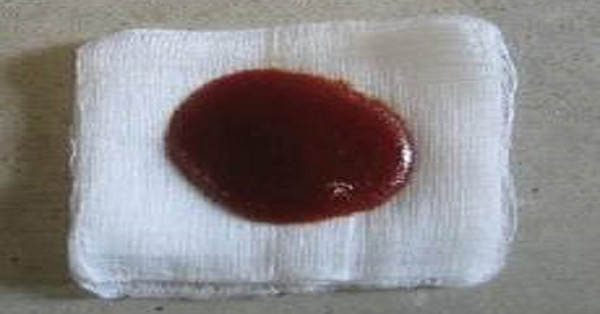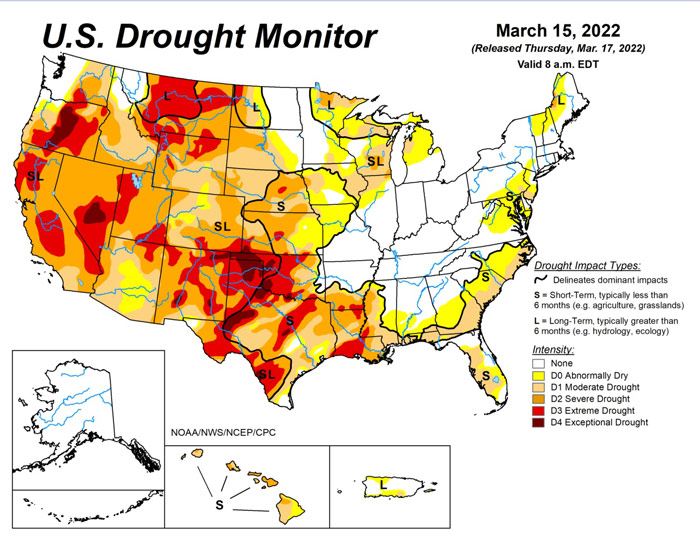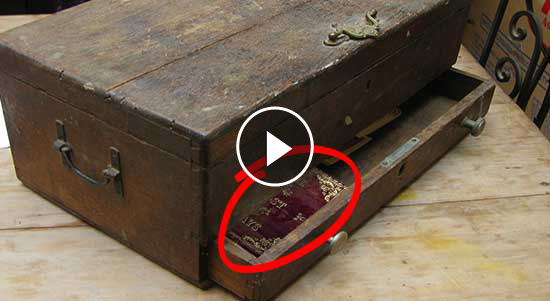Click Here To Join Our Telegram Channel for FREE daily tutorials!

For thousands of years, people have survived without the use of antibiotics. Many early treatments for infected wounds involved honey. Both the Smith Papyrus of 1700 B.C. and the Ebers Papyrus of 1500 B.C. describe the treatment of severe wounds and burns with coagulated milk and honey held in place by a muslin bandage. Later granulated sugar was used to treat sores in both horse and humans. Today a mixture known as sugardine is widely used to treat sores and wounds on horses. It has proved to be effective and is inexpensive.
Sugar is bacteriostatic, fungistatic, and anti-infective. This means that it does not promote bacteria or fungus growth. Sugar by itself has been used for wound treatment and shown to be effective in the following link: http://www.woundsinternational.com/case-reports/the-use-of-granulated-sugar-to-treat-two-pressure-ulcers.
But sugardine a mixture of iodine and sugar has proved to be more effective. The American Farriers Journal Special Management Report #1…Using Sugar To Treat Those Nasty Wounds stated the following. “One study was done over a 5-year period in which 605 human patients were treated exclusively with sugardine. In nearly all cases, these patients (whose injuries included ulcers, cat scratches, and gunshot wounds) healed more rapidly with sugardine than any alternative method of treatment”. This is a link to information on the study. http://www.ncbi.nlm.nih.gov/pubmed/7302631
You can purchase various sugardine mixtures at many places that sell medications for horses and other animals or you can make it yourself.
Ingredients for sugardine:
• table sugar
• 10% povidone-iodine (or the more expensive but easier to find betadine)
Procedure:
Mix one part 10% povidone-iodine to two parts white sugar.
Adding more or less sugar makes it the consistency of thick honey or peanut butter.
Put the sugardine in a container with a tight-fitting lid. The mixture will need stirring now and then but it will never go bad.
It is my understanding that with a large open wound you pack it with sugardine and then bandage it. Please understand that I am not a Doctor and have had no specialized medical training. Any suggestion I have made in this post is only for a situation in which modern medicine is no longer available.
I remember when I was a child, whenever you got a cut or scrape your parents treated it with an antiseptic. Today I no longer see it emphasized as much. But as soon as the antibiotics go in short supply, people will need to go back to this practice. So be sure to stock up on antiseptics.
By Howard – www.preparednessadvice.com
This Crazy Off Grid Device Literally Makes Drinkable Water From Fresh Air:
According to NASA, the U.S. is expecting a 100-YEAR LONG MEGADROUGHT.
It's already begun. Ask the farmers in California. They know.
Every survivalist knows that water is of critical importance. You NEED an independent water source that you can count on!
As an interesting "survival rehearsal" - imagine that you turned the tap on right now and nothing came out. How long would you last?
But what if there was another water source literally hidden in plain sight. That's right, I'm talking about the atmosphere!
The amazing thing about getting water from the natural moisture in the air... is that it is ALWAYS available.
This gives you real water security!
Learn more about how to tap into "Nature's secret water reservoir" and stay hydrated when TSHTF!
Watch the video:
😳 What Tinnitus Does To Your Brain Cells (And How To Stop It)
After 47 years of studies and countless brain scans done on more than 2,400 tinnitus patients, scientists at the MIT Institute found that in a shocking 96% of cases, tinnitus was actually shrinking their brain cells.
As it turns out, tinnitus and brain health are strongly linked.
Even more interesting: The reason why top army officials are not deaf after decades of hearing machine guns, bombs going off and helicopter noises…
Is because they are using something called "the wire method", a simple protocol inspired by a classified surgery on deaf people from the 1950s...

I Can't Help Showing This Off:
If you haven't heard of Claude Davis yet do yourself a huge favor and watch this video.
One of the smartest guys I ever had the pleasure of meeting, Claude set-up a unique prepping system that changed his life forever.
I already tried it myself and let me tell... you I was completely blown away... His surprising tactics could make your life easier and give you the peace of mind you deserve.
Don't just take my word for it... watch his short video and decide for yourself.

Most People Don't Have The Guts To Try This:
An amazing discovery in an abandoned house in Austin, Texas: A lost book of amazing survival knowledge, believed to have been long vanished to history, has been found in a dusty drawer in the house which belonged to a guy named Claude Davis.
Remember... back in those days, there was no electricity... no refrigerators... no law enforcement... and certainly no grocery store or supermarkets... Some of these exceptional skills are hundreds of years of old and they were learned the hard way by the early pioneers.
>> Click here to find out about them now
We've lost to history so much survival knowledge that we've become clueless compared to what our great grandfathers did or built on a daily basis to sustain their families.
Neighbors said that for the last couple of years Claude has tried to unearth and learn the forgotten ways of our great-grandparents and claimed to have found a secret of gargantuan proportions. A secret that he is about to reveal together with 3 old teachings that will change everything you think you know about preparedness:
>>> Click Here To Watch His Short Video <<<

More Off-Grid And Survival Resources:

What REALLY Happens When You Bury a Shipping Container? (Hint: It's A Bit Crazy...)
Shipping containers are all the rage - but if you are thinking about buying one, you MUST watch this video first:
There's a general belief that if you bury a shipping container you can create an awesome root cellar / storm shelter / survival bunker.
But is a shipping container strong enough to handle the pressure?
Watch the video to see what happens:
What Really Happens When You Bury a Shipping Container? (Click To Watch Video)









I can remember when I was young we always kept kerosene on the farm and would use it on cuts. It would keep the cuts from getting sore.
when I first starting in nursing we would do this on bed sores and all types of wounds. worked then and still does.